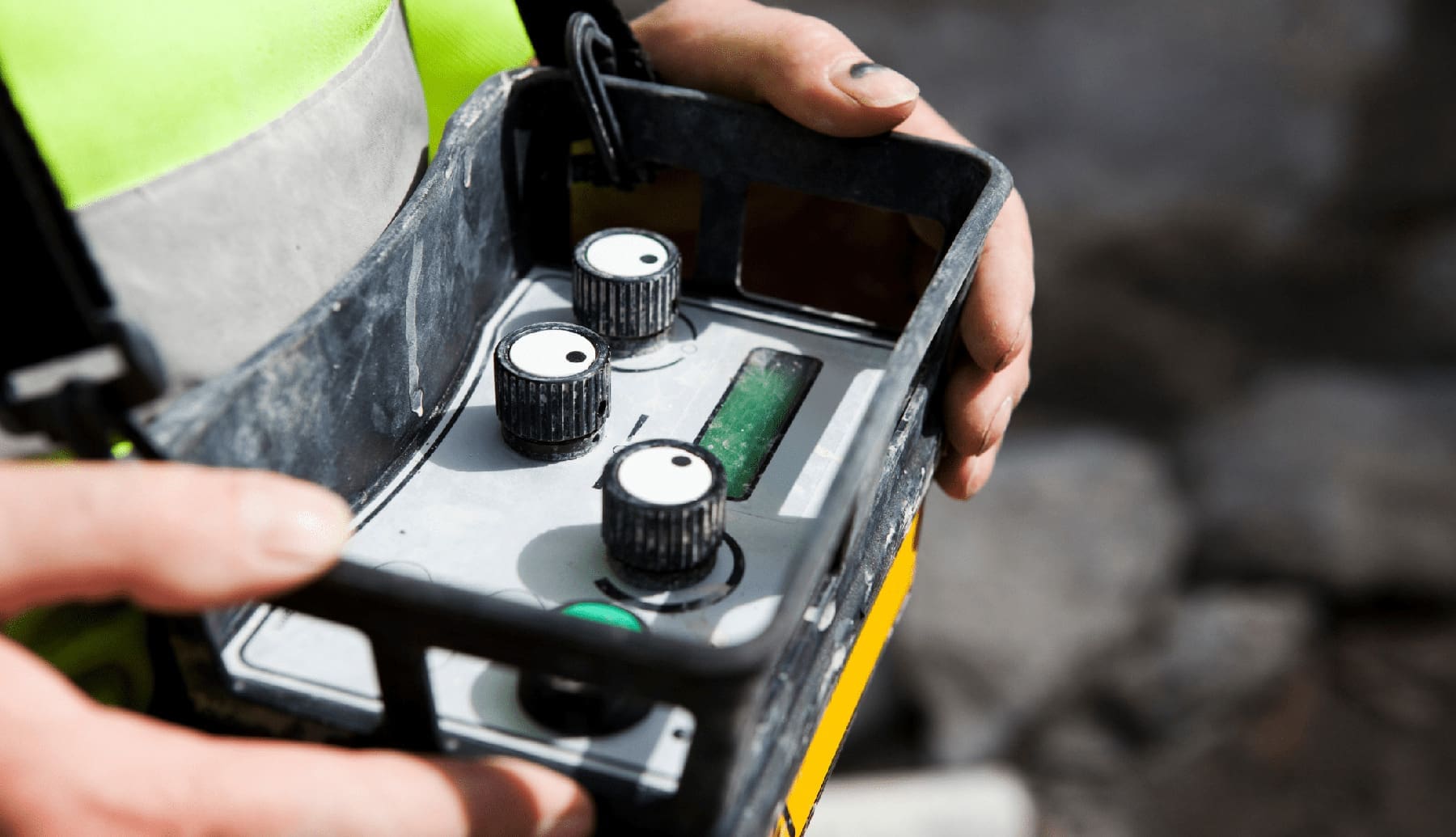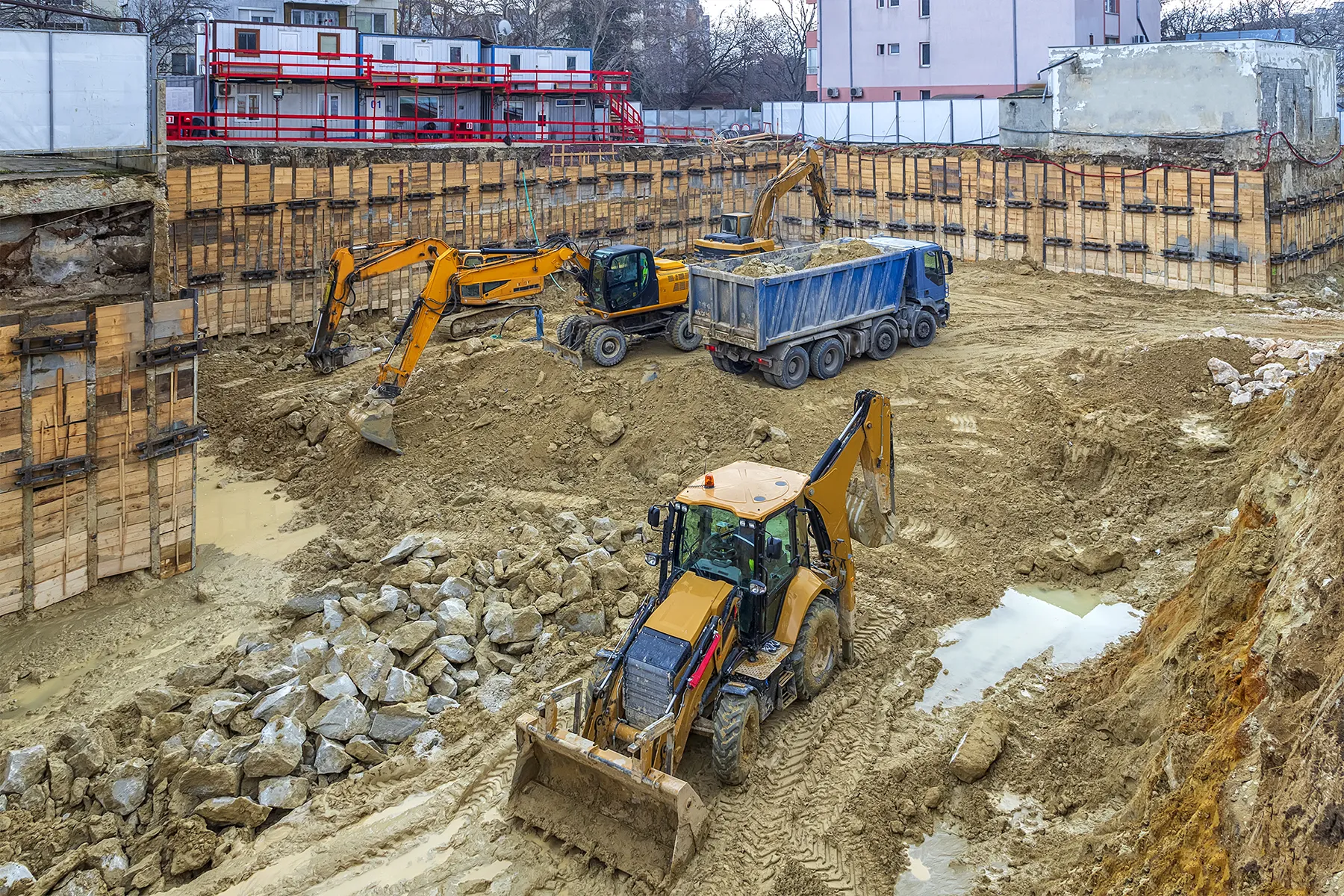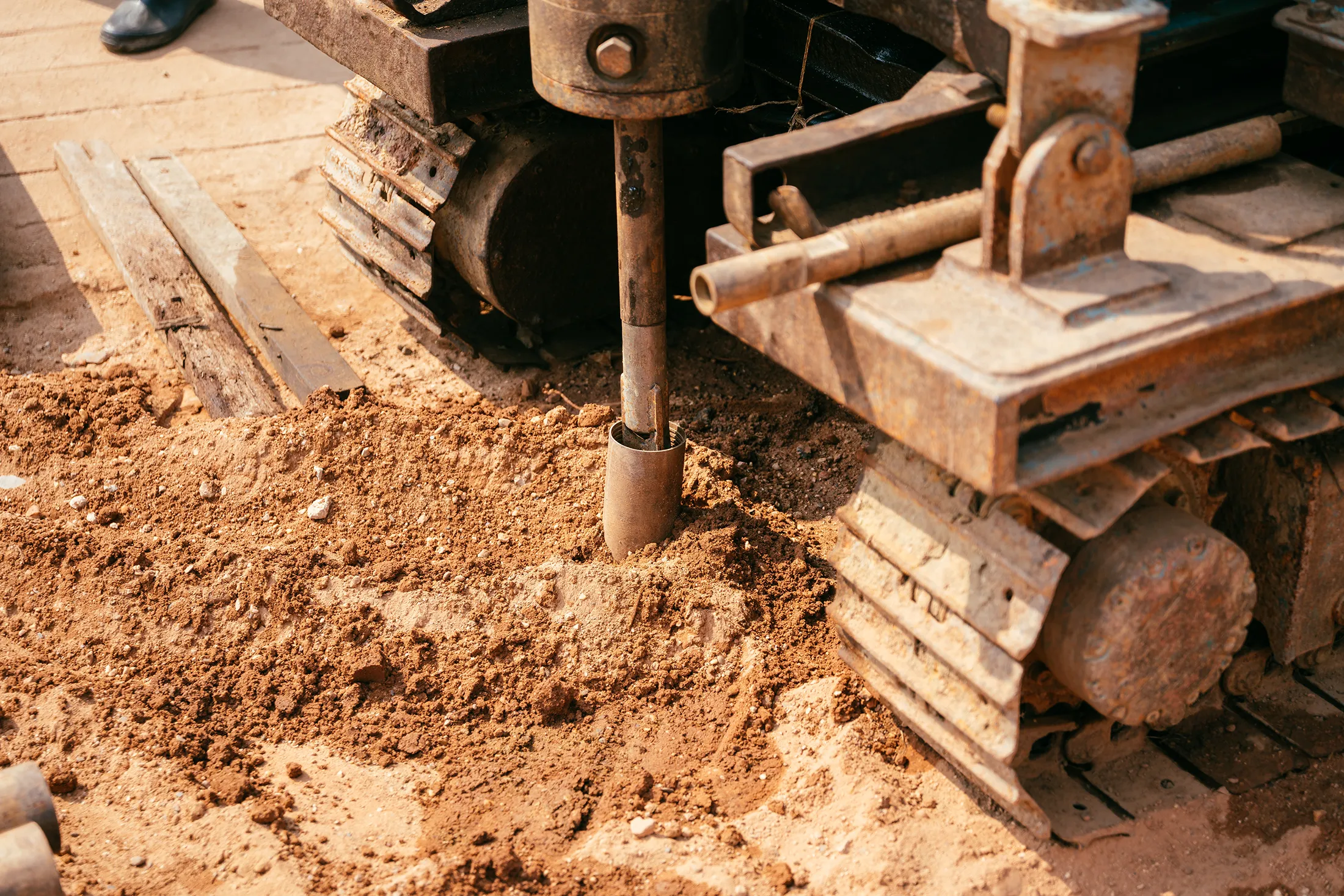
Vibration Monitoring 101 : Ensuring Safety and Compliance
In construction and geotechnical engineering, ground vibrations are both a powerful tool and a potential hazard. High-impact activities like dynamic compaction rely on controlled vibrations to achieve critical objectives such as soil densification to support enhanced load-bearing capacity. However, these vibrations can extend beyond the intended area, posing risks to adjacent structures, disrupting sensitive equipment, and affecting the surrounding environment.
To navigate these challenges, vibration monitoring has become an indispensable part of modern construction. By precisely measuring, analyzing, and managing vibration levels, engineers ensure that projects remain efficient, safe, and compliant with stringent regulatory standards. This blog digs into the science and application of vibration monitoring, highlighting how Densification employs cutting-edge techniques to balance the benefits and risks of construction-induced vibrations.
Technical Fundamentals of Vibration Monitoring
Vibration monitoring involves the systematic collection and analysis of ground vibration data using specialized sensors and equipment. This process focuses on three key parameters that influence the potential impact of vibrations:
- Amplitude:
Defined as the peak particle velocity (PPV), amplitude measures the maximum speed at which a particle in the ground moves due to vibration, typically expressed in millimeters per second (mm/s). Higher amplitudes correlate with greater risk to structural integrity, particularly in fragile or historic buildings. - Frequency:
The number of oscillations per second is measured in Hertz (Hz). Vibrations at lower frequencies (<20 Hz) affect larger, more flexible structures, while higher frequencies (>20 Hz) can induce resonances in smaller, more rigid components, such as industrial machinery. - Duration:
The length of time the vibration event occurs. Prolonged vibrations can lead to cumulative effects, including incremental structural fatigue or unwanted densification in non-targeted soil areas.
Critical Importance of Vibration Monitoring in Construction
Unmanaged vibrations can have far-reaching consequences across various domains of construction and infrastructure development. Here’s why vibration monitoring is necessary:
1. Structural Safety
Vibrations can induce cracks, settlement, or even failure in nearby structures, particularly older or poorly maintained buildings. Monitoring ensures that vibration levels remain within the tolerances defined by standards like DIN 4150-3. Developed by the German Institute for Standardization (DIN), this internationally recognized guideline outlines safe Peak Particle Velocity (PPV) thresholds based on the type and condition of a structure, helping to safeguard buildings from damage during construction and other vibration-intensive activities.
2. Precision for Sensitive Equipment
In urban areas or near specialized facilities, vibrations can disrupt critical equipment such as precision manufacturing tools or medical imaging systems. Accurate monitoring ensures minimal disruption by maintaining vibration levels below operational thresholds.
3. Regulatory Adherence
Most jurisdictions enforce strict vibration limits to protect public safety and the environment. For example, standards such as BS 5228-2, developed by the British Standards Institution (BSI), and FHWA guidelines, established by the Federal Highway Administration in the United States, outline acceptable vibration ranges for construction activities. These standards provide detailed frameworks for managing and mitigating vibration impacts. Monitoring ensures verifiable data to demonstrate compliance, helping avoid costly fines and project delays.
4. Soil Stability and Unintended Densification
Prolonged or uncontrolled vibrations can alter soil conditions beyond the target improvement zone, potentially leading to uneven compaction or detrimental settlement. Monitoring mitigates this risk by allowing real-time adjustments.
How Vibration Monitoring Works
Vibration monitoring is a coordinated, multi-stage process that integrates advanced technology and engineering expertise to manage ground vibrations effectively. Each step is tailored to the specific challenges of a project, ensuring that operations are conducted safely and efficiently. Below, we expand on these steps with hypothetical applications to illustrate their use in real-time.
1. Sensor Deployment and Calibration
Process: High-precision geophones or accelerometers are strategically positioned around the project site. Placement focuses on areas near critical assets such as building foundations, historical landmarks, or property boundaries. Sensors are calibrated to detect vibrations within specified amplitude and frequency ranges to ensure accuracy.
Hypothetical Application:
In a dynamic compaction project near a historical church, sensors are placed at the base of the church’s foundation to monitor direct vibration impact. Additional sensors are positioned along the project boundary to assess how vibrations propagate toward nearby properties. These sensors are calibrated to detect peak particle velocity (PPV) levels that could compromise the structural integrity of the church’s masonry.
2. Real-Time Data Acquisition
Process: The deployed sensors transmit vibration data to a centralized system for immediate analysis. Advanced wireless telemetry ensures uninterrupted data flow, even on large or complex project sites.
Hypothetical Application:
In an urban redevelopment project adjacent to a hospital, engineers install wireless sensors near critical imaging equipment, such as MRI machines. These sensors transmit real-time vibration data, enabling engineers to monitor and maintain vibration levels below the operational thresholds of the equipment. If the system triggers an alert, the team makes immediate adjustments to prevent disruptions to hospital services.
3. Analysis and Interpretation
Process: Engineers evaluate the collected vibration data against pre-established baseline levels, identifying trends or anomalies. Analytical models predict the potential effects of continued vibrations, enabling proactive decisions to prevent risks.
Hypothetical Application:
On a high-rise construction site in a dense downtown area, engineers monitor vibrations near an underground metro tunnel. Using predictive modeling, they simulate the ongoing impacts of construction-induced vibrations on the tunnel’s structural integrity. Based on these insights, they adjust compaction schedules and intensities to ensure the tunnel remains unaffected by the activity above.
4. Mitigation Strategies
Process: When monitoring detects excessive vibration levels, engineers immediately implement mitigation actions. Strategies include:
- Reducing the energy or frequency of dynamic compaction activities.
- Modifying work schedules to limit vibrations during sensitive periods.
- Installing vibration barriers to absorb and reduce wave propagation.
Hypothetical Application:
On a construction site near a technology campus, vibration-sensitive server rooms require special attention. When sensors detect approaching vibration thresholds, the team reduces compaction energy to lower amplitude levels. A temporary vibration barrier made of geotextile and compacted soil is installed between the site and the server building. Additionally, high-impact activities are rescheduled to off-hours when server usage is minimal, ensuring uninterrupted operations.
5. Reporting and Compliance Documentation
Process: Engineers generate detailed reports, including data visualizations such as PPV-distance graphs and spectrograms. These reports are shared with stakeholders to demonstrate compliance with safety standards and ensure transparency.
Hypothetical Application:
For a government-funded infrastructure project, engineers prepare comprehensive compliance reports required by DIN 4150-3 standards. These reports include comparisons of recorded PPV values against regulatory thresholds, spectrograms that show frequency attenuation over distance, and documentation of mitigation measures taken. The reports are presented during regular inspections, ensuring that the project progresses without regulatory setbacks.
Advanced Applications of Vibration Monitoring
Professionals in geotechnical and construction fields rely on vibration monitoring for:
- Urban Development Projects: Ensuring the safety of high-density infrastructure during excavation, pile driving, and ground improvement activities.
- Heritage Building Preservation: Protecting historic structures from excessive vibration during adjacent construction or roadworks.
- Industrial Facility Operations: Maintaining operational stability for precision manufacturing or research laboratories in vibration-sensitive environments.
- Dynamic Compaction Zones: Monitoring the effects of repeated, high-energy impacts on both target and surrounding soil zones to ensure controlled compaction.
Future Innovations in Vibration Monitoring
The field of vibration monitoring continues to evolve with advancements in technology, providing engineers with even greater tools for precision and control:
- AI-Driven Data Analytics: Machine learning algorithms analyze vibration data to predict future impacts, enabling more proactive management strategies.
- Wireless Sensor Networks: Compact, battery-powered sensors streamline deployment in challenging environments.
- Integration with BIM (Building Information Modeling): Vibration data can be incorporated into digital twin models to visualize impacts in 3D, improving stakeholder communication.
At Densification, we are committed to integrating these technologies to ensure our ground improvement projects remain at the forefront of safety and efficiency.
The Professional Imperative of Vibration Monitoring
Vibration monitoring plays a critical role in construction and geotechnical engineering, ensuring every project prioritizes safety and precision. With advanced tools, comprehensive analysis, and proactive strategies, Densification delivers ground improvement solutions that protect infrastructure and the people who rely on it.
For projects that demand the highest standards of safety, compliance, and performance, contact Densification today to learn how our expertise in vibration monitoring can benefit your next development.











